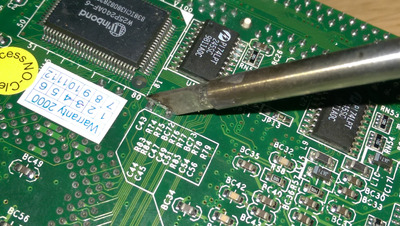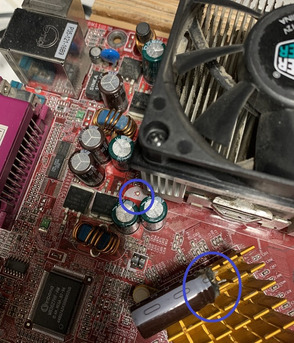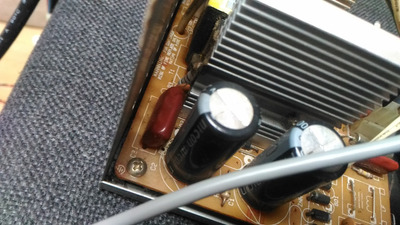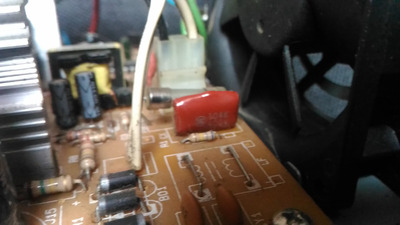Miphee wrote on 2020-12-15, 06:43:
That's what I call a religious belief based on nothing, an argument for the sake of the argument. Not my problem, it's OP's decision.
Not a religious belief at all. Caps do fail at different rates for a variety of reasons. It is ultimately the OP's decision, but it's also worth understanding a little about how electronics reliability works so the OP can make an informed decision.
Ozzuneoj wrote on 2020-12-16, 15:14:
If you're talking about the reddish brown rectangular ones, I believe those are polyester capacitors.
Those are film caps. Likely not safety rated, so if the PSU has any in the voltage transient filter between the big primary capacitors and the power cord socket you may have an electrical hazard.
Ozzuneoj wrote on 2020-12-16, 15:14:
Someone correct me if I'm wrong, but those rarely cause problems unless they are in a circuit where they are known to fail. I don't believe they degrade the way aluminum electrolytic caps do.
Again, they can fail improperly in the event of a high voltage transient, although the one in the picture should be after the TVS device and therefore no problem. However, the presence of an unsinked four diode rectifier and missing filter choke makes me think the MOV/TVS diode is missing on this unit as well.
Ozzuneoj wrote on 2020-12-16, 15:14:
Unless there's a problem, I would only worry about aluminum electrolytic caps. Once in a while I replace a tantalum, but only if they cause problems (shorted or blown). If they aren't defective they last an incredibly long time. The only caps I always ALWAYS replace are Rifa X capacitors, but you likely won't find many of those in computers made after 1990. I've seen them in Apple iie power supplies, a Franklin 1000 and a Gridcase 386 industrial laptop from the late 80s (that one exploded... what a stink!). They can potentially be in some IBM PC\XT power supplies too, but the two I own have large polyester type caps instead.
I would classify Fuhjjyu as another "always replace" brand. Ceramic caps can also be problematic due to their tendency to fail short, but that's only a concern if the board is actually malfunctioning.
Miphee wrote on 2020-12-15, 07:27:
That doesn't mean that the rest of the caps (not just the leaky-bulgy ones) shouldn't be changed.
Which is why it's useful to apply reasoning to your decision. Do your best to estimate the condition of the capacitors based on all the information at hand. If you're unsure, pull some caps and test them, then make your decision.






